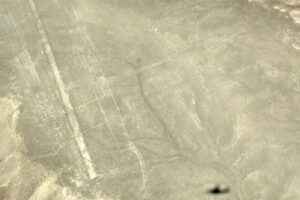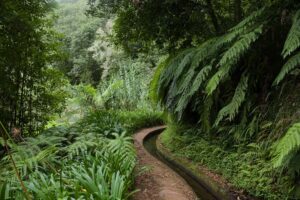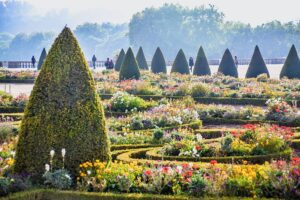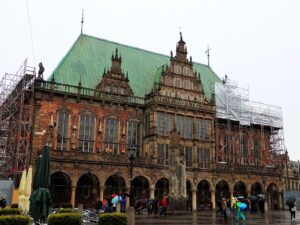Convent of Christ in Tomar
An architectural retrospective of Portugal and the Knights Templar in the form of a monastic center dating to the 12th-16th century.

An architectural retrospective of Portugal and the Knights Templar in the form of a monastic center dating to the 12th-16th century.

The holiest place in Buddhism, containing archeological evidence of Lumbini’s importance as a pilgrimage site.

A beautifully-preserved and very picturesque medieval trading city.

Medieval-era fortifications that once guarded a key strategic pass in the southern Alps.

A medieval Old Town and a neoclassical New Town that harmonize beautifully and that influenced European urban planning.

A collection of Roman ruins showing the importance of the “Rome of the North” in Germany.

An unusual castle expressing Frederick II’s search for perfection, leading him to design the castle around the number 8.

A rare example of architecture from the Carolingian period.

A landmark of Romanesque architecture dating to the 11th century.

A nature reserve containing two picturesque volcanic spires along with the remains of the volcano that formed them.

A colorful, dynamic and diverse Caribbean island capital with four distinct historical districts.

A historical Jewish neighborhood and a Catholic Basilica illustrate how Jews and Christians co-existed peacefully.

A planned 18th-century walled city, famous for its pink architecture.

A remarkably well-preserved complex of medieval Muslim architecture mixing Moorish and Spanish elements.

A classic medieval fortified town with intact walls, a castle, and a Gothic cathedral.

A beautiful urban landscape with diverse historical architecture in a range of styles.

A mysterious underground burial site dating to 4000 BC.

Outstanding works of modernist architecture bringing together a variety of influences from the 19th and 20th centuries.

A beautifully-preserved area of wooden houses and warehouses, once part of the Hanseatic League international trading network.

An influential cultural center in the late 18th and early 19th century as demonstrated today in the quality of its architecture and parks.

An imposing castle, important because of its role in Martin Luther’s life.

A biosphere reserve with a range of ecosystems hosting tremendously diverse fauna and flora.

An ensemble of stately palaces dating from the 18th and 19th centuries, along with their extensive gardens.

A city that combines old and new: modern town planning that incorporates traditional cultural values.

Huge images and straight lines drawn in the desert by pre-Columbian people.

Old-growth laurel forests, important for hydrological balance and biodiversity.

Elegant and grand 17th-century royal residence and park, seat of the French monarchy from Louis XIV to Louis XVI.

Underground burial chambers, some with bright wall paintings, that offer insight into Korea’s Korguryo kingdom.

Testimony to civic autonomy and market freedoms of a Hanseatic League city.

Caves devoted to the Hindu deity Shiva, containing art dating to the 5th and 6th centuries.

Elegant timber-built church architecture, filled with bright vernacular religious imagery.

An exceptional example of Korean palace architecture and design in harmony with the surrounding landscape.

A perfectly-preserved example of a phenomenon unique to rural Sweden: a town shaped by religious and social necessity.

A potent symbol for Americans and the world, representing freedom and democracy.

An undisputed masterpiece of Gothic architecture.

Remains of a copper mining area that influenced the mining industry worldwide.